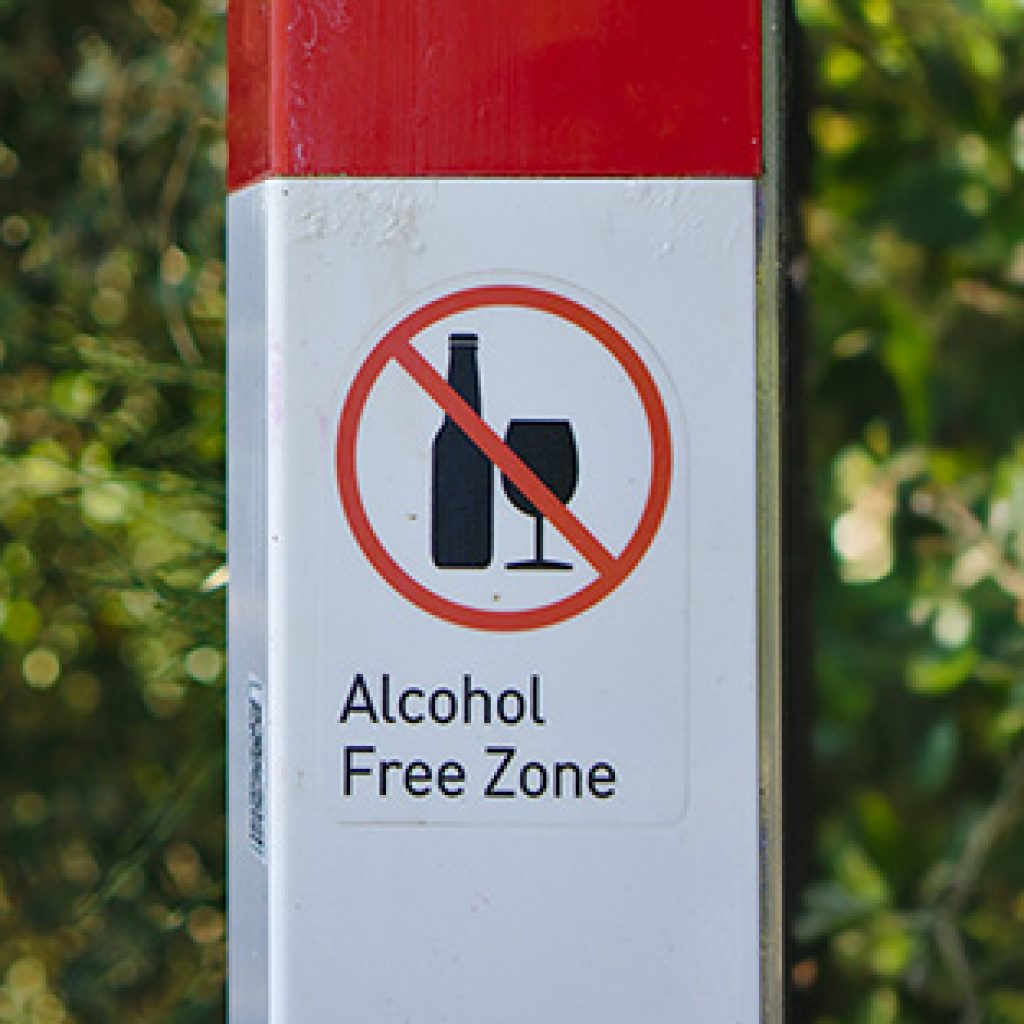Good News: According to New Research AA Works!
Good News: According to New Research AA Works!
A New Research Review About Alcoholics Anonymous
A recent research review of 27 studies of Alcoholics Anonymous (AA) and similar professional programs based on the 12-step model has published findings supporting their effectiveness for some populations and some outcomes (Kelly et al., 2020). The study examined the effectiveness of peer-led AA and professionally-delivered treatments that facilitate AA involvement (Twelve-Step Facilitation [TSF]) with outcomes that included abstinence, reduced drinking intensity, reduced alcohol-related consequences, alcohol addiction severity, and healthcare cost offsets. The researchers searched numerous databases for published studies and unpublished studies, and both systematic reviews and bibliographies. Studies were categorized by study design, degree of standardized manualization of each study, and intervention type to which AA/TSF was compared. Manualized treatment ensures that standardized content is linear or modular so that the same treatment is delivered over time and in different sites where it is implemented to help establish program fidelity for replicability.
Types of interventions to which AA participation and TSFs were compared with included:
- Distinct theoretical interventions such as Motivational enhancement therapy (MET) and cognitive behavioral therapies (CBT).
- Variants of 12-step programs
- No treatment (e.g. wait-list control group)
Primary and Secondary Outcome Measures of the Study
Primary outcome measures included:
- Abstinence, measured as continuous abstinence, longest abstinence period, and percentage of abstinent days.
- Drinking intensity, measured as drinks per drinking day and percentage of heavy drinking days.
- Alcohol-related consequences, measured as self-reported physical, social, and psychological consequences that resulted from the use of alcohol using the Drinker Inventory of Consequences (DRINC; Miller, 1995, the Short Inventory of Problems (SIP; Miller 1995, or comparable instruments;
- Alcohol addiction severity, as measured by the Addiction Severity Index (ASI, McLellan, 1980) or the Alcohol Dependence Scale (ADS).
Secondary outcome measures included:
- Healthcare cost offsets, measured by economic analysis, cost-benefit analysis, quantified as
- Changes in addiction
- Use of mental health services
- Monetary impact
- Quality of life indices and/or psychological well-being (none of the studies included in the review measured quality of life or psychological well-being).
In all, the 27 primary studies included in the review contained 10,565 participants ranging in age from 34.2 to 51 years. Researchers also examined the issue of researcher bias due to inadequate researcher blinding, finding mostly low or unclear risks of bias.
Manualized Primary outcome measures – In summary, the results of manualized AA/TSF to treatments having a different theoretical orientation (CBT, etc.) are as follows:
- Abstinence: Over the course of 24 to 36 months, AA/TSF seems to improve rates of continuous abstinence. AA/TSF seems to perform as well as other clinical interventions at 12 months and rates improved at 24 months. AA/TSF seems to work as well as comparison interventions for longest period of abstinence at 5 months.
- Drinking intensity: Measuring drinks per drinking day at 12 months, AA/TSF appears to work as well as other clinical interventions and in reducing percentage of days of heavy drinking.
- Alcohol-related consequences: At 12 months, AA/TSF appears to work as well as comparison interventions for alcohol-related consequences.
- Alcohol addiction severity: In one study the results found a difference supporting AA/TSF as being more effective than other interventions at 12 months.
Results of the Research Review
In summary, the results of non-manualized AA/TSF to treatments having a different theoretical orientation (CBT, etc.) are as follows:
For completely abstinent participants, non-manualized AA/TSF seems to work as well at three to nine months as other clinical interventions, and for PDA (Percentage of Days Abstinent) it may also perform somewhat better. AA/TSF appears to work as well as other treatment interventions at nine months for drinking intensity DDD and PDHD (Drinks per Drinking Day and Percentage of Days of Heavy Drinking).
Cost-effectiveness
Three studies included in the review found that AA/TSF had higher savings than outpatient treatment, CBT, and no AA/TSF treatment regarding healthcare cost savings. A fourth study determined that while medical care costs decreased for those treated with CBT, MET, and AA/TSF, for participants with worse prognoses, AA/TSF potentially had high cost savings than MET.
In light of the results of the research review, the study authors concluded that “There is high quality evidence that manualized AA/TSF interventions are more effective than other established treatments, such as CBT, for increasing abstinence. Non-manualized AA/TSF may perform as well as these other established treatments. AA/TSF interventions, both manualized and non-manualized, may be at least as effective as other treatments for other alcohol-related outcomes. AA/TSF probably produces substantial healthcare cost savings among people with alcohol use disorder” (Kelly et al., 2020).
Implications for Practice and Research
The authors of this study concluded that the findings support that the use of “well-articulated” Twelve-Step Facilitation (TSF) to increase participation in Alcoholics Anonymous (AA) in addition to clinical treatment will most likely result in improved abstinence outcomes during the first few months and for up to three years. The results also support that AA/TSF appears to perform as well as clinical interventions for drinking intensity outcomes, although the evidence is not as strong. AA/TSF probably results in considerable healthcare cost savings for participants due to the increase in AA participation afforded by AA/TSF, which is a “long-term, freely available, community-based, recovery support resource that can help them sustain ongoing remission” (Kelly et al., 2020).
This study and other studies have broadened the research base for the effectiveness and benefits of AA. The authors recommend the following future research to further inform the field:
- Since much of the research in the review was conducted within the United States, research from other countries will help show how the research from other countries may differ from that in the U.S.
- Since no studies included in the review reported outcomes about quality of life, functioning, or psychological well-being, new studies that gather those data would be desirable.
- Future research should include studies on the participation of family members in 12-step organizations, because in helping families to cope with a partner with an active addiction, Al Anon and other similar 12-step groups may change family dynamics and influence the impact of AA participation for the person with an Alcohol Use Disorder (AUD).
- Future research is also needed for understanding the impact of AA/TSF on special populations, such as seniors, adolescents, and persons who identify as LGBTQ (lesbian, gay, bisexual, transgender, questioning).
- Research on the effectiveness of AA/TSF for people diagnosed with other substance use disorders, such as Opioids, cannabis, and cocaine is needed and will help treatment providers to know if clients would benefit from equivalent 12-step groups for specific substances.
- Research on the economic benefits of AA in reducing healthcare costs would be valuable if gains from increased employment and reductions in criminal justice costs were included.
- Recovery support groups and other mutual-help organizations should be studied to see if their use results in the same benefits for participants as AA delivers.
According to an interview published on the NPR program All Things Considered (March 12, 2020), until this study it wasn’t clear that AA worked. The study, published by the Cochrane Collaboration, has made it evident that according to the research, those with diagnosed alcohol use disorders (AUDs) who attend AA meetings tend to stay sober longer. Part of the reason may be that the social support and feedback they receive on a regular basis during meetings, and by following the 12 steps. Other reasons AA works for so many people may be that it is free and always available. As stated by lead author of the Cochrane research review, Dr. John Kelly of Massachusetts General Hospital, AA helps people to turn away from social networks that include those who drink alcohol and form new social groups that support abstinence.
With this and future research, behavioral health providers will find that AA and other similar support groups are integral to providing the social support that can be as crucial to successful recovery as CBT and other professionally delivered treatment modalities. The blending of both is very likely a winning combination.
Resources and Training Opportunities
CASAT Training is presenting an online professional development opportunity on September 25, 2020 from 1:00 PM – 4:00 PM PST. The webinar, Group and Group Processing, will be presented by Rich Shannon, MFT, NCC. The description is as follows:
“The power of group processing in healing and treatment has been consistently supported in research. This webinar will consider strategies presented by SAMHSA/CSAT TIP 41, Irvin Yalom’s The Theory and Practice of Group Psychotherapy and current research with an emphasis on application to substance use disorder treatment in group settings. In addition, we will consider the role that the stages of change model and motivational interviewing can play in group therapy.“
Learning Objectives for this training include:
- Participants will consider how they can apply principles of effective group processes in their specific work environment.
- Participants will consider their perspective and the perspective of group participants.
- Participants will consider what makes group work effective and what may reduce group work effectiveness.
- Participants will consider group stages and how they can effectively respond to them.
- Participants will consider Yalom’s view of “problem group members” and potential strategies to respond to these group members.
Register for this training and others on the CASAT Training website.
Addiction Technology Transfer Center (ATTC) Network – The ATTC Network is an international, multidisciplinary resource for professionals in the addiction treatment and recovery services fields. Search the Products & Resources Catalog for “Recovery Support Services” or other topics for all kinds of tools and training for behavioral health providers.
Alcoholics Anonymous website – The main AA website has a wealth of information for those who need help, members, professionals, and anyone simply wanting more information or to locate a meeting nearby.
Related CASAT OnDemand Catalyst Blog Posts
Posts about Group Therapy:
- Anger: Helping Behavioral Health Clients to Choose Their Responses to This Very Normal Emotion
- TIP 41: Substance Abuse Treatment: Group Therapy
Posts About Peer Recovery Support Specialists
Visit CASAT OnDemand Resources & Downloads to search for additional materials and links on this topic.
Visit CASAT OnDemand Learning Labs to access curated references for each behavioral health topic to help increase subject literacy, knowledge, skills, and overall competence in providing high-quality, cutting-edge services on the following topics:
Do you have a resource to add or an experience to share? You are welcome to post in the comment section below.
This article was developed by Stephanie Asteriadis Pyle, PhD at CASAT, feel free to use this information. A link to our site and attribution would be much appreciated. Suggested citation:
Asteriadis Pyle, S. (2020, September 01). Good News: According to New Research AA Works! Retrieved September 01, 2020, from https://casatondemand.org/2020/08/27/good-news-according-to-new-research-aa-works/?preview_id=5418
References
Kelly, J. F., Humphreys, K., & Ferri, M. (2020). Alcoholics anonymous and other 12-step programs for alcohol use disorder. Cochrane Library, 2020(3), CD012880. doi:10.1002/14651858.cd012880.pub2
Blog Post Tags:
Related Blog Posts
Related Learning Labs
Related Resources
.
- Buscar Tratamiento de Calidad para Trastornos de uso de Sustancia (Finding Quality Treatment for Substance Use Disorders Spanish Version)
- Finding Quality Treatment for Substance Use Disorders
- Focus On Prevention: Strategies and Programs to Prevent Substance Use
- Monthly Variation in Substance Use Initiation Among Full-Time College Students
- The National Survey on Drug Use and Health (NSDUH) Report: Monthly Variation in Substance Use Initiation Among Adolescents








